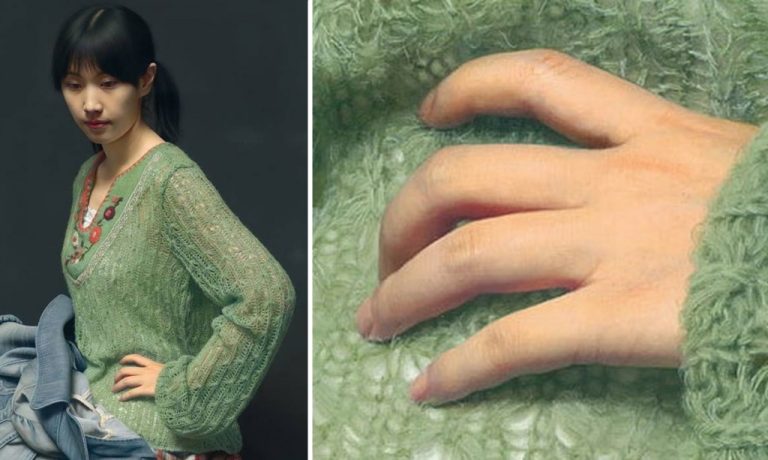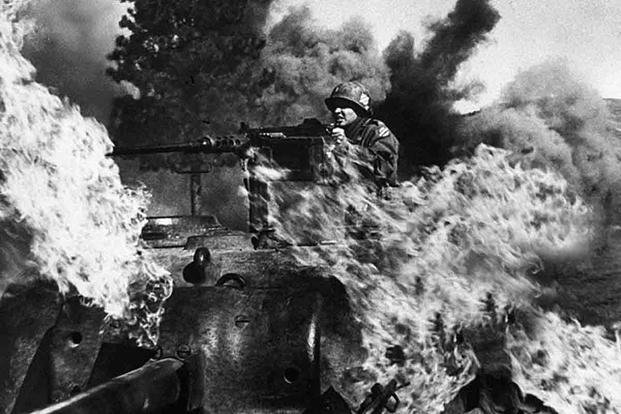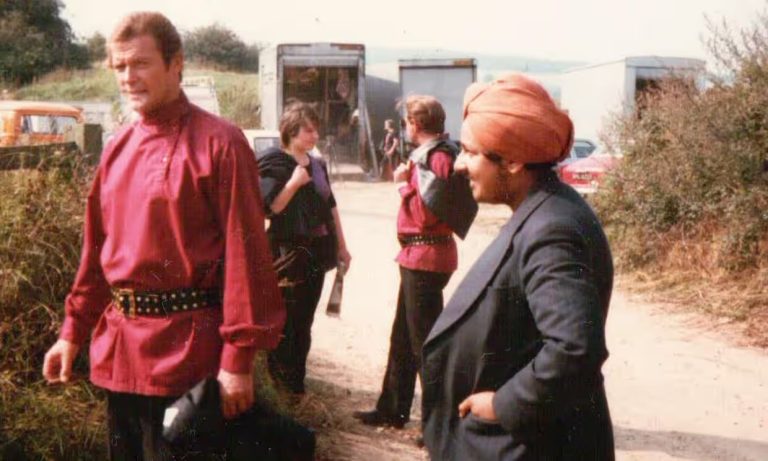The Hunt: A Vincent van Gogh Masterpiece That Was Lost to Conflict
Investigators have suggested several theories about what might have happened to the rare painting.
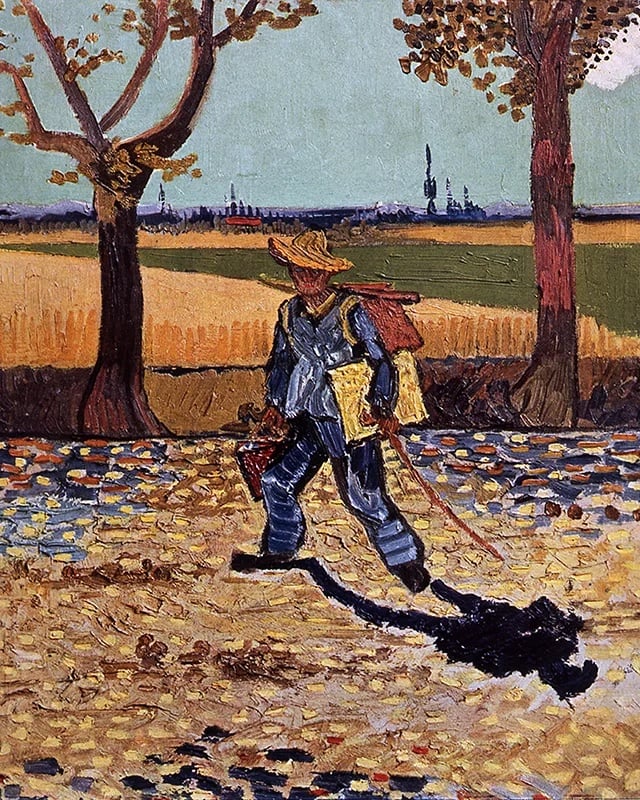
*The Hunt* explores art and ancient relics that are sadly lost to time. From the Ark of the Covenant to Cleopatra’s tomb, these legendary treasures have long fascinated historians and archaeologists, even though they remain hidden beneath layers of sand, stone, and history.
In August 1888, Vincent van Gogh sent his brother Theo 36 paintings he created while in Arles, France. As always, the struggling artist was very critical of himself. He wrote in a letter, “Among them are many that I’m desperately dissatisfied with,” explaining that he only sent them to give his brother a “vague idea” of the place he now called home.
One of these paintings, an 18-by-17-inch oil self-portrait of the artist walking down a sunlit road with art supplies, was bought by the Kaiser Friedrich Museum in Magdeburg, Germany, in 1919. Titled *The Painter on the Road to Tarascon*, it was captured in a color photograph in the 1930s—an important move by the museum staff, since the painting itself may not have survived World War II.
The painting narrowly escaped Nazi Germany’s attacks on modern art. To protect it from British bombings, *The Painter on the Road to Tarascon* was taken from storage and moved to a nearby salt mine. Inside the mine, there was also a factory for Luftwaffe BMW jet engines, which caught fire when American troops arrived on April 12, 1945.
The cause of the fire, which burned for two weeks and turned the mine’s interior to ashes, is still unclear. Major Michael C. Ross from the Monuments, Fine Arts, and Archives program, known as the Monuments Men, said it could have been started either “by displaced persons who entered to loot” or “possibly due to the negligence of the U.S. guards.” However, there isn’t enough evidence to confirm either theory. The Monuments Men and Women Foundation has offered a reward of up to $25,000 for the painting.
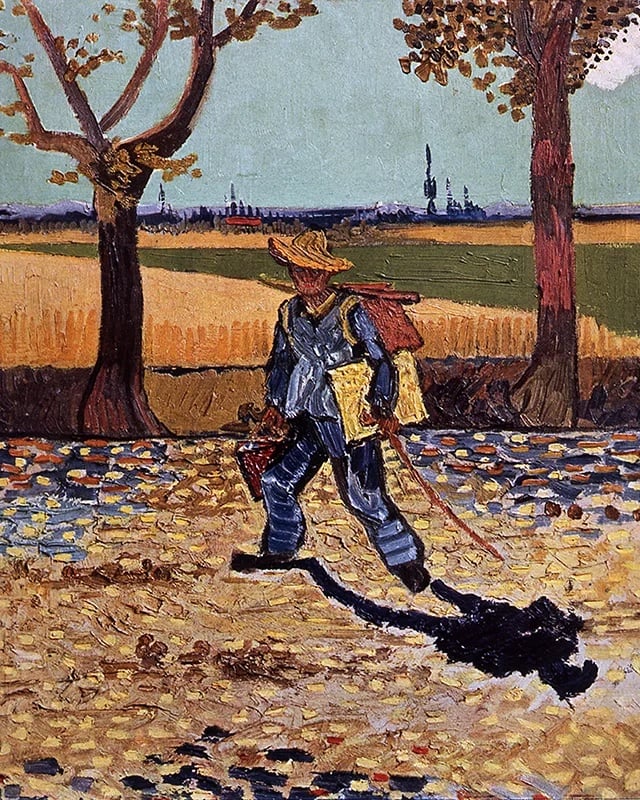
There were rumors that the “displaced persons” responsible for the fire might have been laborers who worked at the factory, but it’s also possible that the looting was done by Nazis. Other suspects could include local citizens or even American military personnel.
Surprisingly, *The Painter on the Road to Tarascon* is one of only six Van Gogh paintings believed to have been lost or destroyed, which is rare given how much he painted. However, some people think it might still be out there. A similar story involves a pamphlet called *Wider Hans Worst* by the German theologian Martin Luther, which was also stored in the mine and was miraculously returned to Magdeburg in 1996.
*The Painter on the Road to Tarascon* is significant in Van Gogh’s body of work because it’s the only self-portrait that shows the artist’s entire body, not just his head and torso. Even if the painting is never found, we’re lucky to have that photograph of it.
